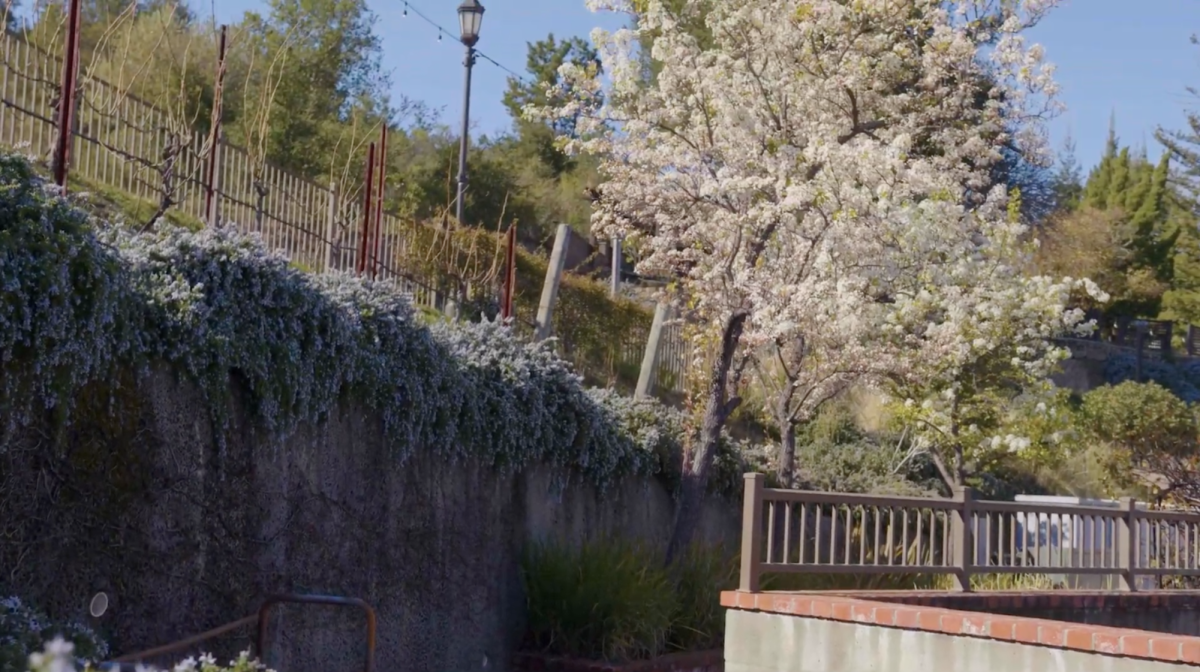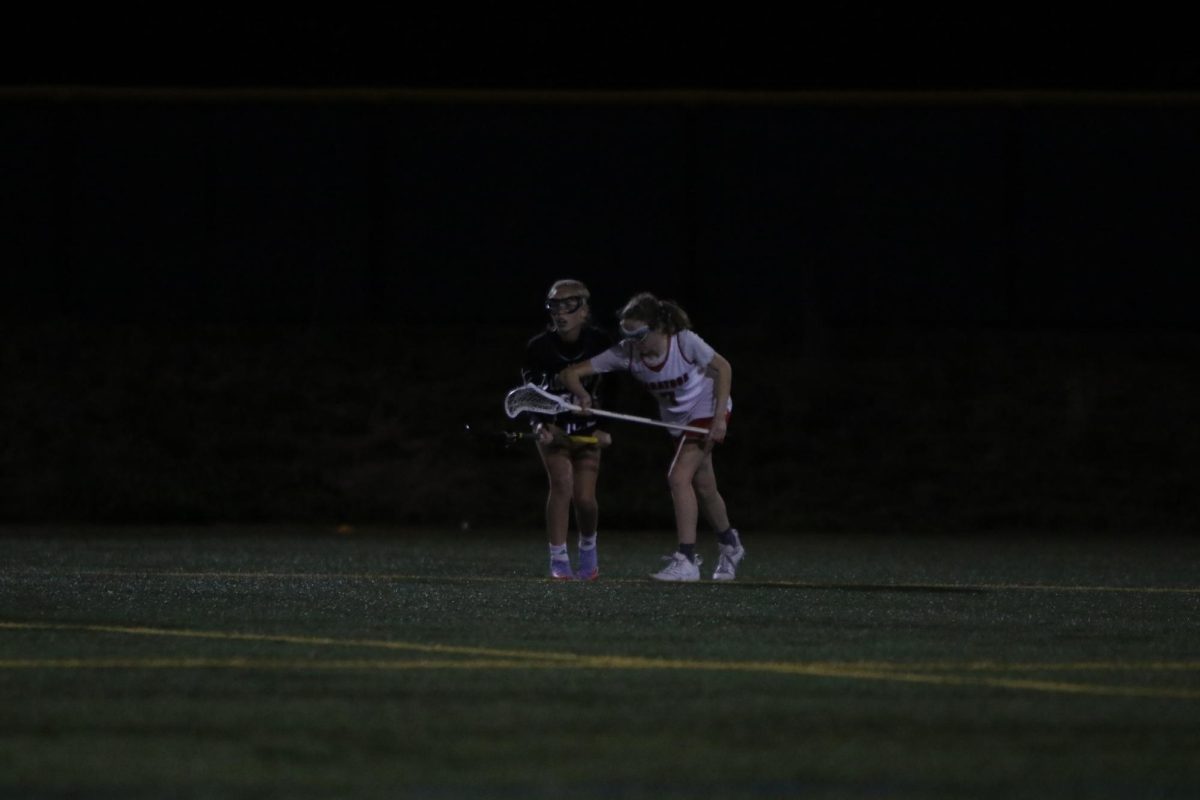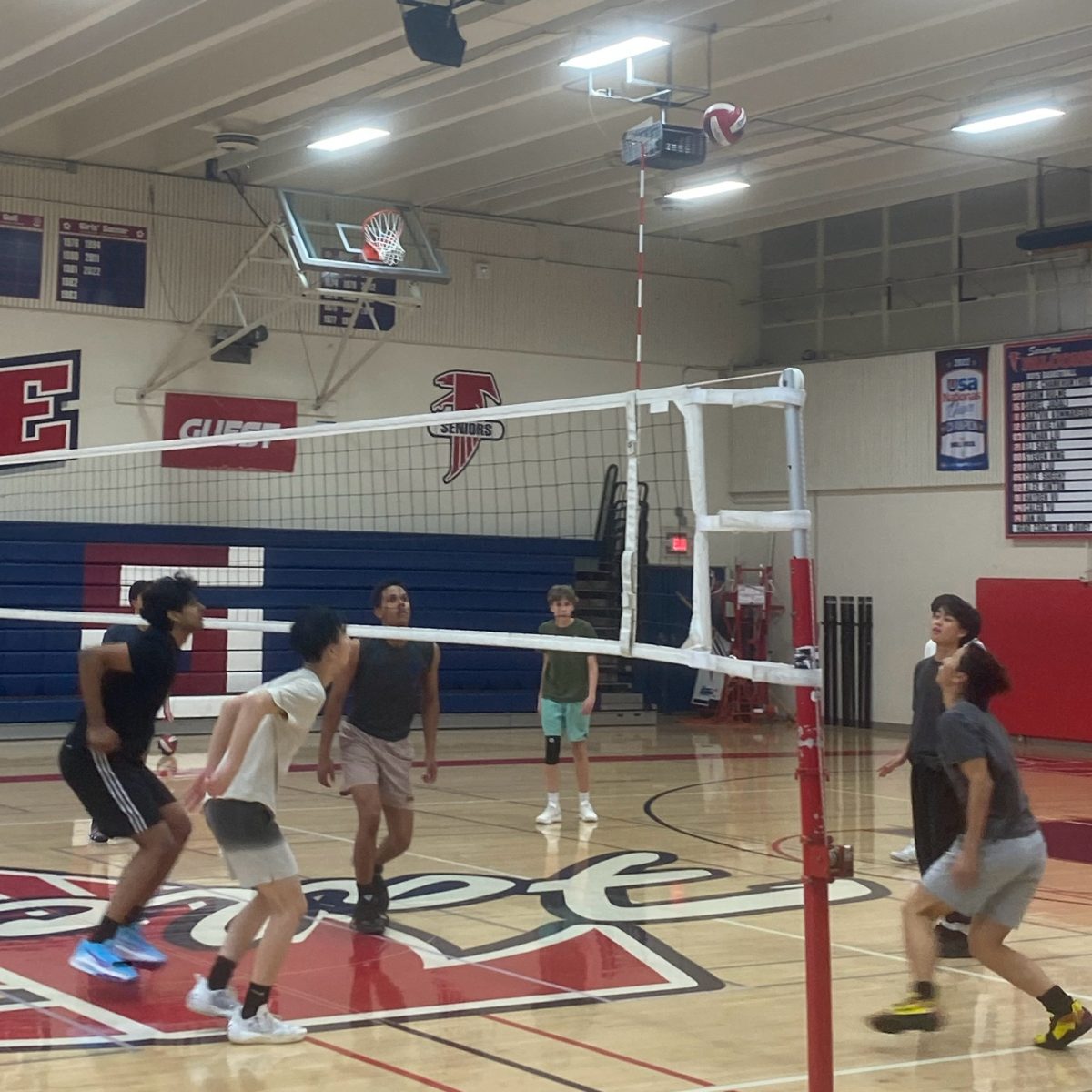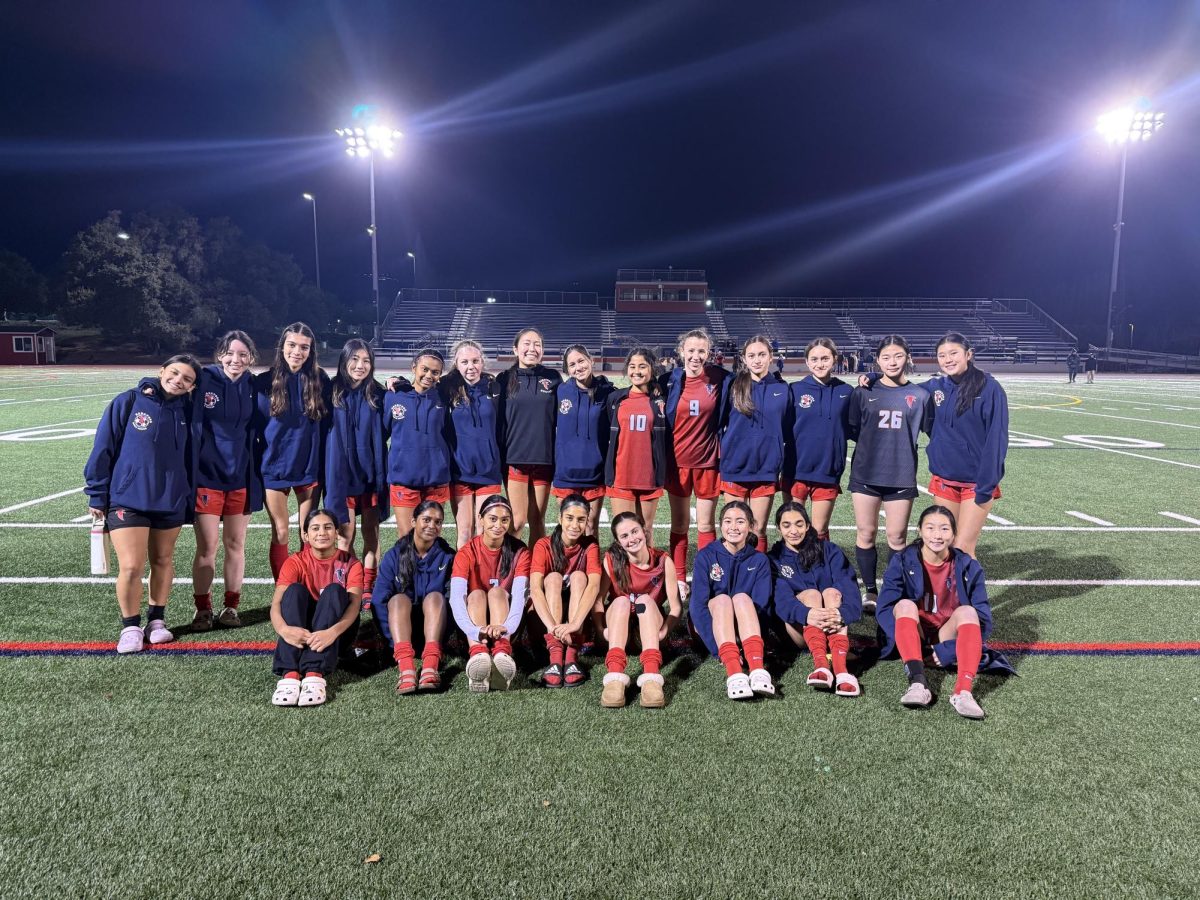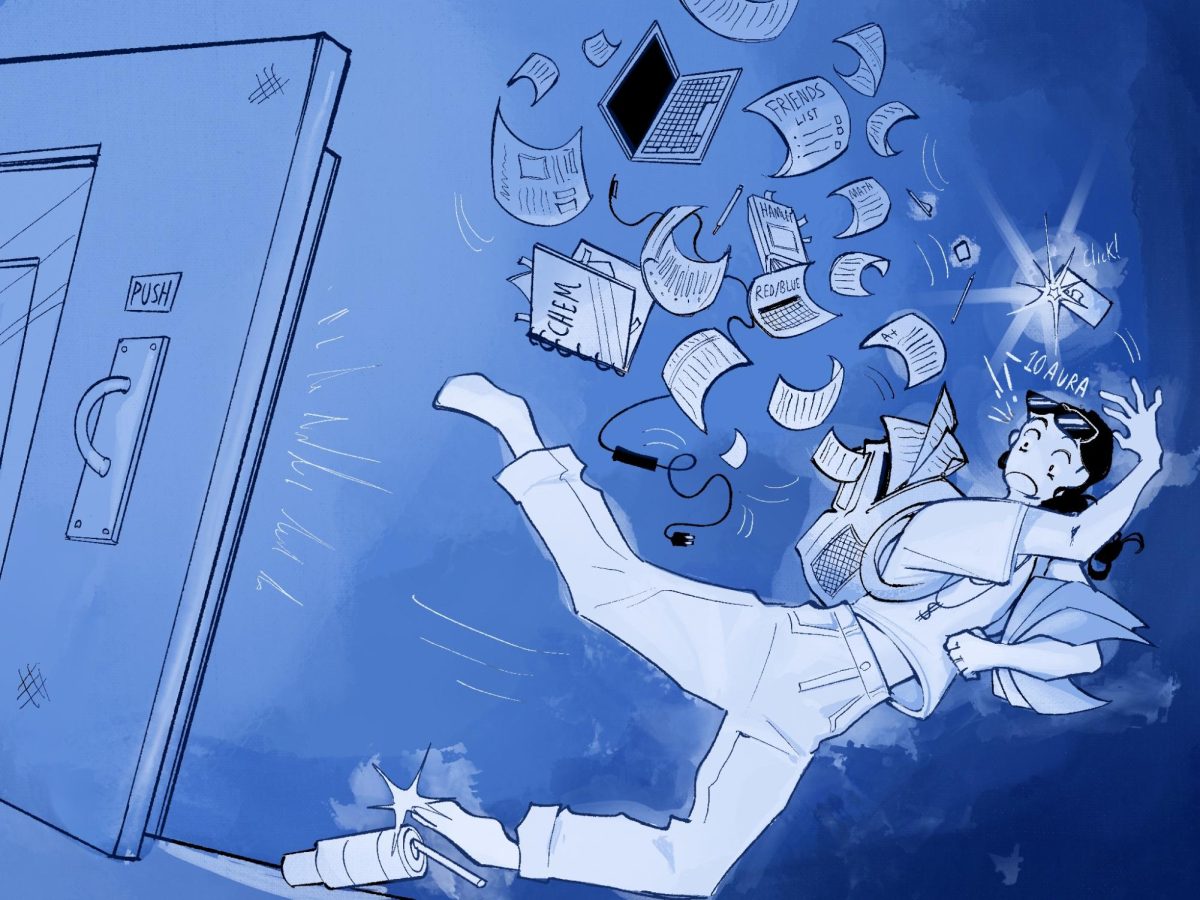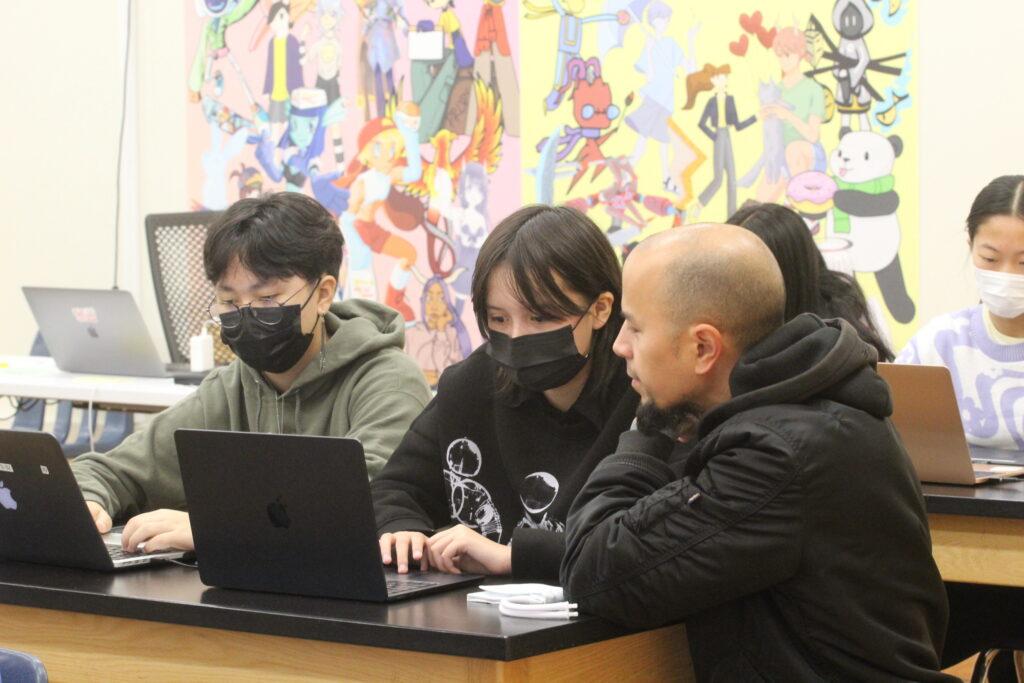When Alex Hemmerich began to teach Intro to Digital Animation four years ago, he saw his waning interest in animation become reinvigorated and it sparked his own creative passion. He was inspired by his students’ immense enthusiasm and surreal designs. Teaching the class even led him to create his first original character in almost a decade.
“Whether it’s a small assignment or a massive collaboration, I’m continually impressed with the ideas [the students] conjure,” Hemmerich said.
The course, which Hemmerich has taught for four years, introduces students to the complex process of creating an animation from start to finish. Students learn the 12 fundamental principles of animation and visual composition and implement them by using Wacom tablets to design visually appealing characters in dynamic animations.
Senior Angelina Hong heard about the class through her cousin, Class of ‘22 alumnus Andrew Hong, who took it his freshman year. He knew she liked to draw, and recommended the class to her because of its emphasis on artistic concepts.
“I’ve always been interested in learning animation from a young age,” she said. “Animation videos blew up on YouTube, like TheOdd1sOut, and I just really admired their work. Watching those videos every day made me realize that I wanted to learn how to do it too.”
According to Angelina, the class accommodates a self-paced learning style. Hemmerich gives assignments that build on each other and allows the students ample studio time to complete their animations. Though students work at different paces, each large project takes two weeks to complete on average.
Before new assignments, Hemmerich also reviews the basic concepts of animation that students should incorporate into their work by showing YouTube videos by animators such as Alan Becker. After seeing examples of what professionals and past students have done, students begin drawing the mainframes of their animation.
The first semester curriculum covers foundational concepts in animation and 2D design, with their earlier assignments being simpler ones like “Squash and Stretch,” in which students animate a bouncing ball using Adobe Animation. Another assignment, “Anticipation,” requires students to draw an original character hitting something of their choice, focusing on how to visually represent the movements of winding up for an action and following through with it.
“My favorite part had to be going through everybody’s finished animations,” Hong said. “Seeing everyone’s characters and how they chose to animate the ‘Anticipation’ assignment was really interesting.”
The class also teaches the concept of rotoscoping, where students trace over an existing video frame by frame. It is an antiquated form of animation, Hemmerich said, but one that produces extremely smooth visuals.
Hemmerich’s aim through teaching the course is for students to better understand and appreciate the creative process. Though learning animation skills is demanding and time-consuming, he feels that it can help instill a growth mindset.
“With a teacher to help me and actually teach me how to use programs, it really helps my development,” Angelina said. “This is a very STEM-focused school, but in this class it’s very stress-free. I can let loose and focus on my artistic side.”


